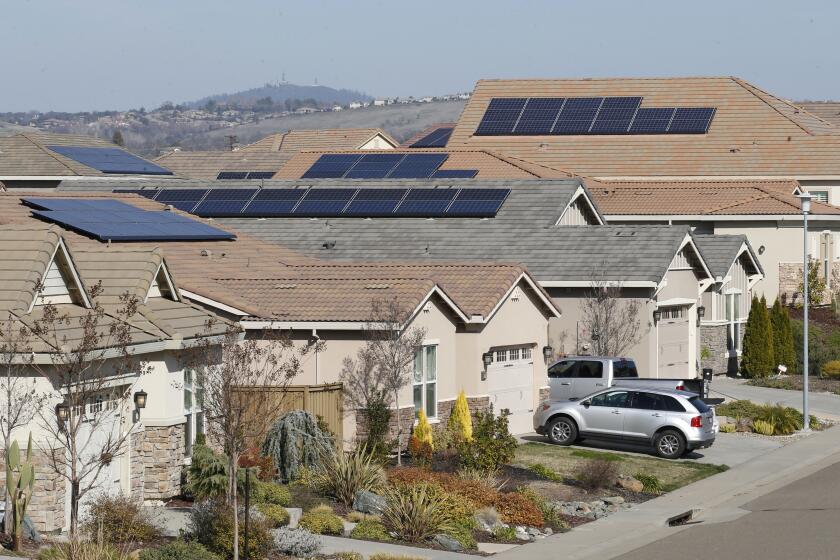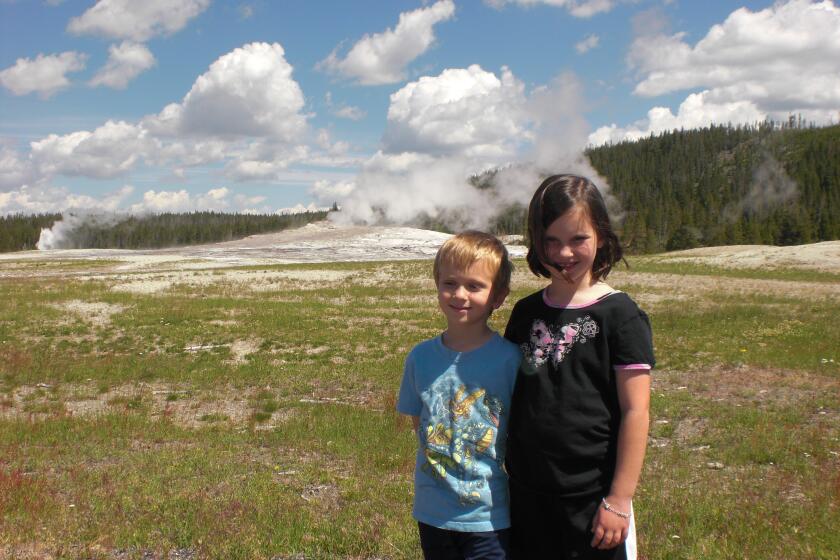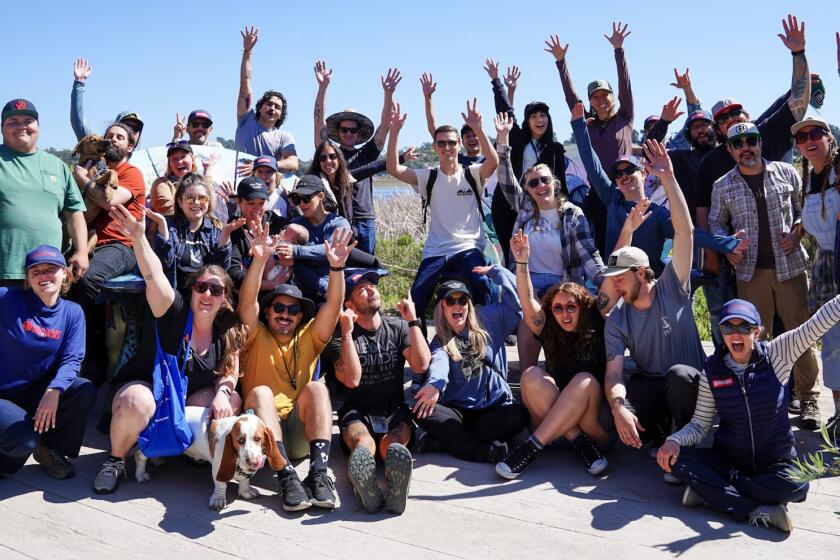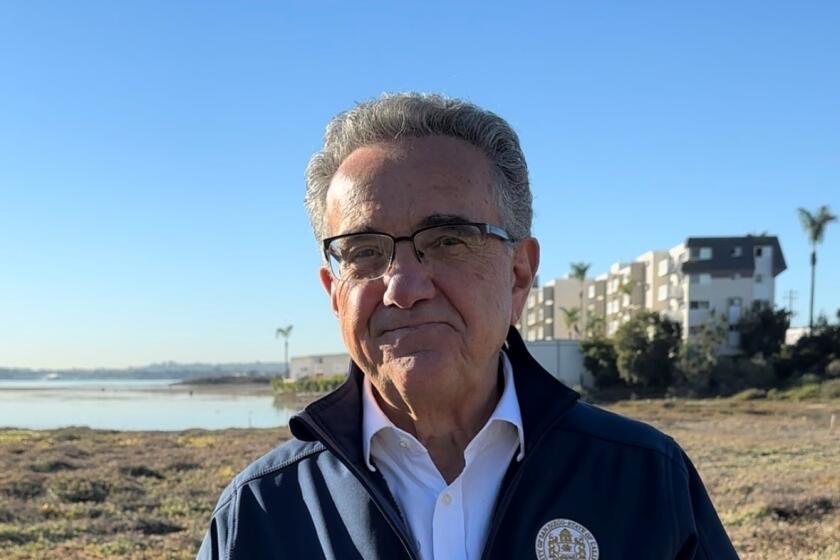Commentary: My upbringing in Tijuana and San Diego was full of hardship. Today, my brothers and I are resilient.
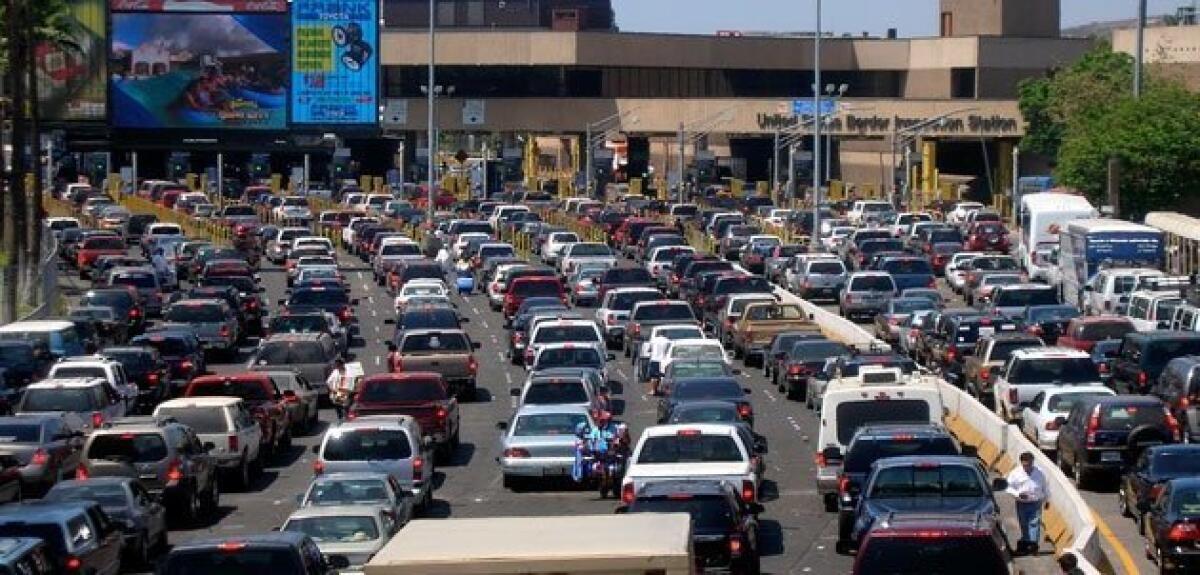
Living between two cities divided by an international border is something uncommonly heard of in most of the country, and in the San Diego-Tijuana megaregion there are many who’ve heard the stories but don’t know how, why or even what that is. The how and what are easier to explain. Some people have a place they call home on each side of the border, as is the case of some of my siblings, and others have a place only on one side and work and/or study on the other side. My dentist, for example, lives in San Diego and works in Tijuana, but the great majority of others I know in this situation have it inversely. This is what is known as the transfronteriza/o/x community, whose members live on both sides of the border. Transfronteriza/o/x’s come from all kinds of socioeconomic backgrounds, and are of different races and ethnicities.
The reasons why people live in this situation vary. Some choose to retire south of the border. Others prefer the familiarity of the culture in Mexico, allowing a preferred comfort of life. However, many others don’t have a choice but to settle in cities like Tijuana or Rosarito, and either come from somewhere in Mexico or from a different part of the world to try to immigrate to the United States, and just get a working visa to cross every day, or are part of a growing majority who moved due to hardship. Their core family members were deported, or faced evictions, or have economic or medical struggles that make it nearly impossible to afford a good life north of the border.
For my family, it was a combination of many of the above that led us to where we are now. Growing up in San Diego with immigrant parents, I became accustomed at a young age to knowing what it is like to have your father deported after being picked up by the federal immigration authorities and deported time and time again. Nevertheless, my father would end up back at home within days of his release, and that part of the process I understood little of until the age of 10, when in 2000 he was taken into custody and detained for over a year. During that time, my six brothers and I (of which I am the third born), along with our mother, went through some of the toughest times. She found it difficult to get a job with her limited English-speaking ability, but still fought and worked odd jobs, from babysitting and house cleaning to selling used clothing, catalog beauty items and perfumes to make ends meet. Soon after we were evicted and spent months jumping from life in a garage to life in cars, living rooms and single bedrooms with friends or family.
Eventually three of my siblings and I were taken away and sent to the A.B. and Jessie Polinsky Children’s Center for children of parents who cannot provide for them. Once released to my mother, we moved to Mexico, where our father caught up with us after being deported. My father worked twice as long in Mexico to earn tenfold less than in the U.S., and some of us kids started working between the ages of 6 and 12. We lived in poverty throughout our upbringing, hardly making ends meet, but we stayed the course, working hard with ups and downs, and finally being able to get out of it all once we started reaching adulthood and crossing back to San Diego to work and study.
Those times of difficulty, hardship and trauma paved the way for resilience. Today, my brothers work jobs they love. Some built successful small businesses, while I stuck with college and graduate school, and engaged in community organizing to help others in situations similar to those we faced. With my family’s never-ending support, I even had the privilege of following my dreams to work in government and also run for Congress to find solutions for struggling families, including bringing resources to the transfronteriza/o/x community.
Splitting the day between two cities takes a toll on anyone. The weekly routine has long days with the additional commuting time due to the border crossing waiting and longer distances. For those using public transportation, the days can be two to five hours longer. Any given working day can range from 16 to 20 hours. Transfronteriza/o/x stories are very real. Still it is a community mostly invisible to our elected officials and systems of laws. These days, we are just thankful for having a healthy family.
Vázquez is the executive director of Organizing For Progress and is a transfronterizo who lives in the San Diego and Tijuana borderlands.
Get Weekend Opinion on Sundays and Reader Opinion on Mondays
Editorials, commentary and more delivered Sunday morning, and Reader Reaction on Mondays.
You may occasionally receive promotional content from the San Diego Union-Tribune.
